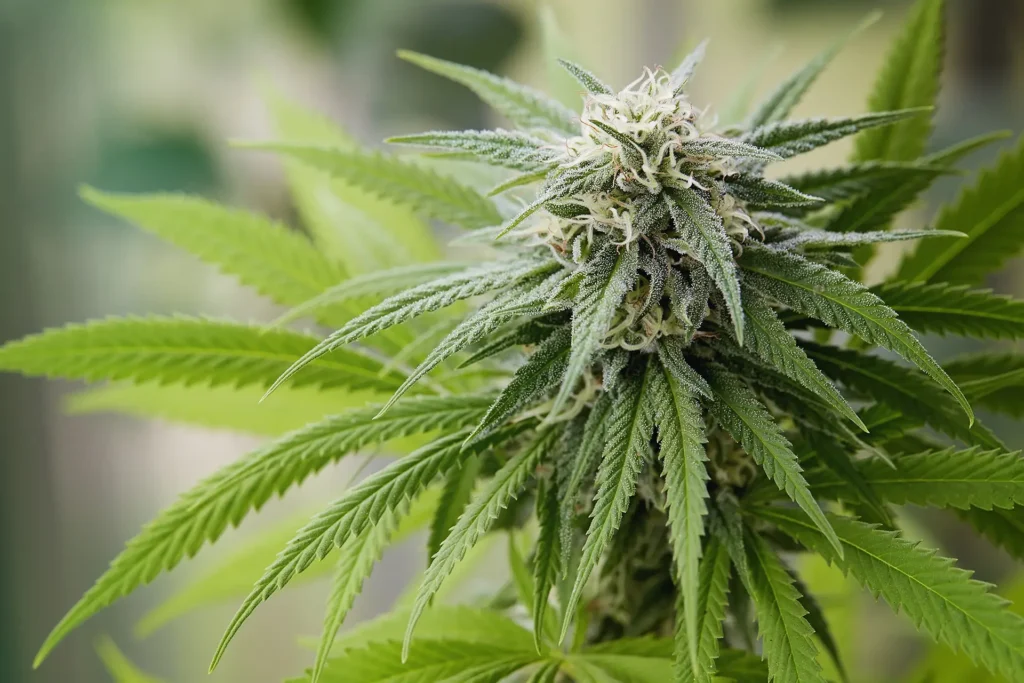Psychedelics and cannabis edibles are gaining popularity in both medical and recreational contexts. Among these substances, LSD (lysergic acid diethylamide) and cannabis-infused edibles are particularly interesting due to their profound effects on mood, perception, and cognition. While they are chemically different and act through distinct pathways, both interact with a critical system in the brain: the serotonin system. Understanding how these substances interact with our brain chemistry can shed light on their therapeutic potential and the risks involved.
LSD and the Serotonin System
LSD is a classic psychedelic, primarily known for its ability to induce vivid hallucinations, altered perceptions, and changes in thought processes. At the core of its activity lies the serotonin system, particularly the 5-HT2A receptor, a subtype of serotonin receptors in the brain. Serotonin, or 5-hydroxytryptamine (5-HT), is a neurotransmitter that plays a key role in regulating mood, appetite, sleep, and cognition.
LSD works by mimicking serotonin and binding strongly to the 5-HT2A receptors. However, unlike serotonin, LSD latches onto the receptor in a way that keeps it “locked in,” causing prolonged activation. This leads to the cascade of neural activity and sensory distortions associated with a psychedelic trip. Functional MRI scans show that LSD increases connectivity across various brain regions, often referred to as “entropy,” which is thought to underlie the expanded consciousness and altered thought patterns experienced during a trip.
Cannabis Edibles: A Different Pathway
Cannabis edibles, on the other hand, operate through an entirely different system — the endocannabinoid system — and do not directly bind to serotonin receptors. The main psychoactive component in edibles is delta-9-tetrahydrocannabinol (THC), which affects the brain by binding to CB1 receptors, primarily found in the central nervous system.
However, there is indirect interaction between the cannabinoid and serotonin systems. THC can modulate serotonin levels by influencing the activity of certain neurons. It may, for example, increase serotonin release in some parts of the brain, leading to mood elevation, or it may have anti-anxiety effects through downstream pathways. This partly explains why some people report feelings of euphoria, relaxation, or altered time perception after consuming cannabis edibles.
Unlike smoking cannabis, edibles take longer to kick in because THC is metabolized in the liver into 11-hydroxy-THC, a compound that is more potent and crosses the blood-brain barrier more easily. This can lead to stronger and longer-lasting psychoactive effects — including anxiety, paranoia, or hallucinations, especially in high doses.
Combined Effects and Cross-Talk
Although LSD and edibles do not act on the same receptors, their combined effects can be complex. Some users report enhanced visuals, deeper introspection, or even heightened anxiety when combining the two. This is likely due to the synergistic impact on different neuromodulatory systems, including serotonin, dopamine, and GABA.
For example, while LSD floods the brain with disorganized information through serotonin activation, THC from edibles might amplify emotional reactivity and alter short-term memory processing. The interaction can be unpredictable and depends on the individual’s neurochemistry, dosage, and tolerance.
Therapeutic Potential
From a therapeutic perspective, both LSD and THC-containing edibles show promise. LSD is being studied for its potential to treat depression, PTSD, and addiction, largely due to its impact on serotonin-mediated brain plasticity. Research suggests that brief psychedelic experiences may lead to long-term improvements in mood and cognition by “resetting” neural networks.
Cannabis edibles, especially those balanced with CBD, are also used to manage chronic pain, anxiety, and sleep disorders. While not as directly connected to the serotonin system as LSD, their influence on neurotransmitter balance can have significant mood-stabilizing effects.
Risks and Considerations
Despite their potential benefits, both LSD and edibles carry risks. LSD can induce anxiety, paranoia, or psychosis, especially in people predisposed to mental health issues. Edibles, when overconsumed, can cause intense panic, dissociation, or impaired motor function. The unpredictability of onset time and potency makes edibles particularly challenging for new users.
Understanding the underlying neurochemistry — especially the role of serotonin in modulating mood, perception, and cognition — is crucial for using these substances responsibly. More importantly, combining them without proper knowledge can lead to unexpected and sometimes dangerous outcomes.
Conclusion
LSD and cannabis edibles are powerful substances that interact with the brain in fundamentally different but occasionally overlapping ways. While LSD acts directly on the serotonin system to produce its mind-altering effects, cannabis edibles indirectly influence serotonin through the endocannabinoid system. The growing scientific interest in both substances is helping us better understand the complexities of brain chemistry and opening new doors for mental health treatments. As we continue to explore these frontiers, informed and cautious use will be essential for maximizing benefits while minimizing harm.

